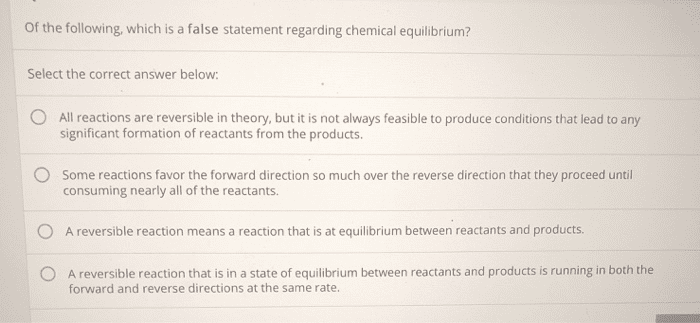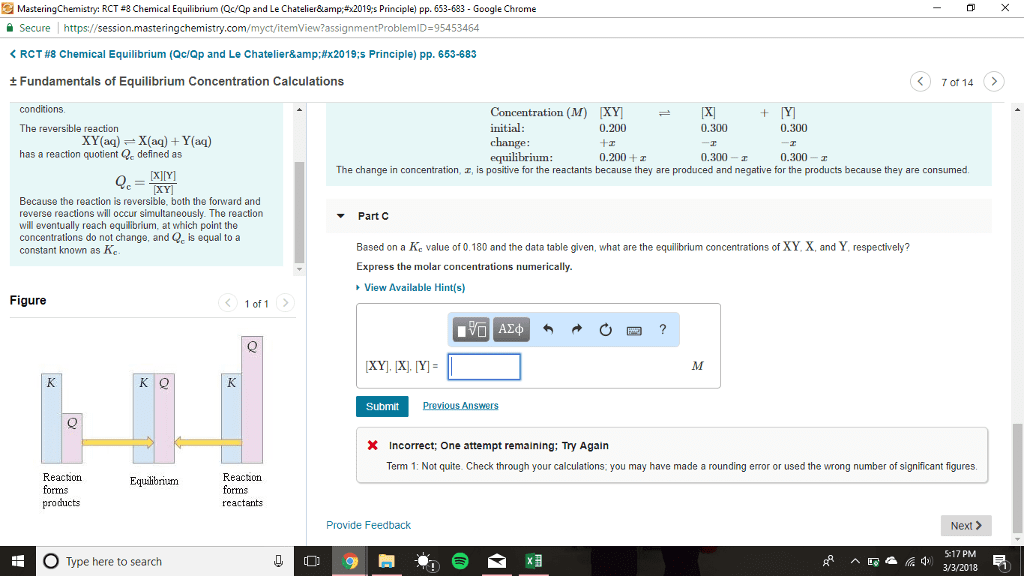CHEM 1220 Chapter Notes - Chapter 15: Equilibrium Constant, Reversible Reaction, Reaction Quotient
Document Summary
General points to understand the concept of chemical equilibrium: first of all one must be able to understand the difference between reversible and irreversible reactions. Those reactions in which the products show a considerable tendency to decompose and regenerate the reactants are called as reversible reactions while those reactions which have negligible trend to regenerate the reactants are termed as irreversible reactions. A double arrow is used to represent a reversible reaction: practically, each and every reaction is a reversible one but those reactions which show very less tendency to go in backward direction are generally considered to be irreversible. These types of reactions go to completion i. e. reactants are almost completely consumed: in case of a reversible reaction, the concentration of reactants is maximum and the products are absent. Therefore, at start (time zero), the rate of forward reaction is maximum and the rate of reverse reaction is zero.




